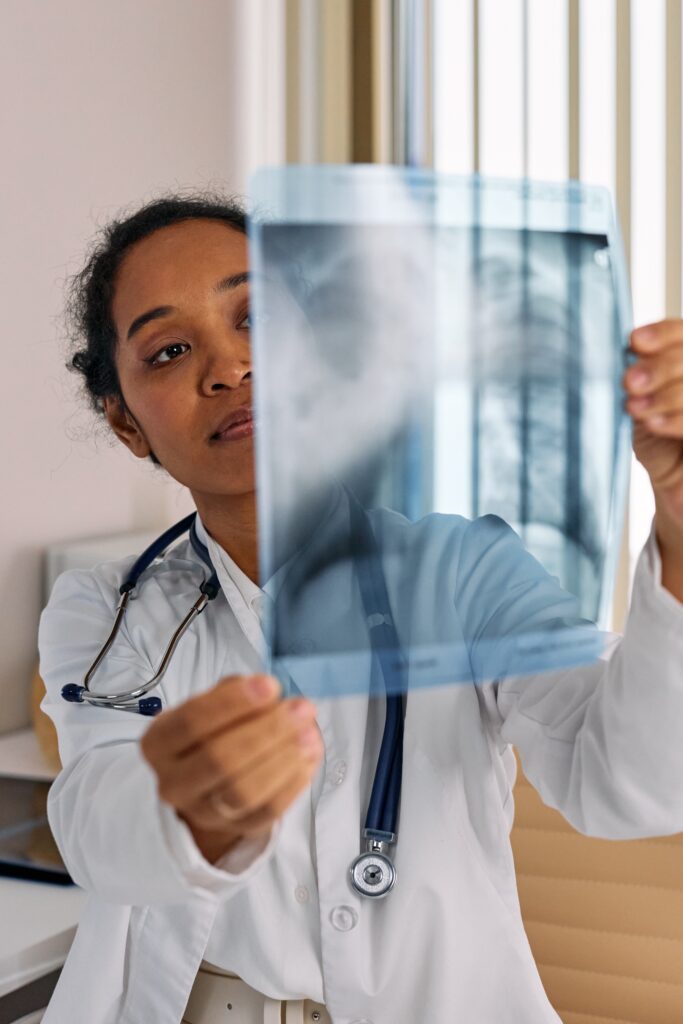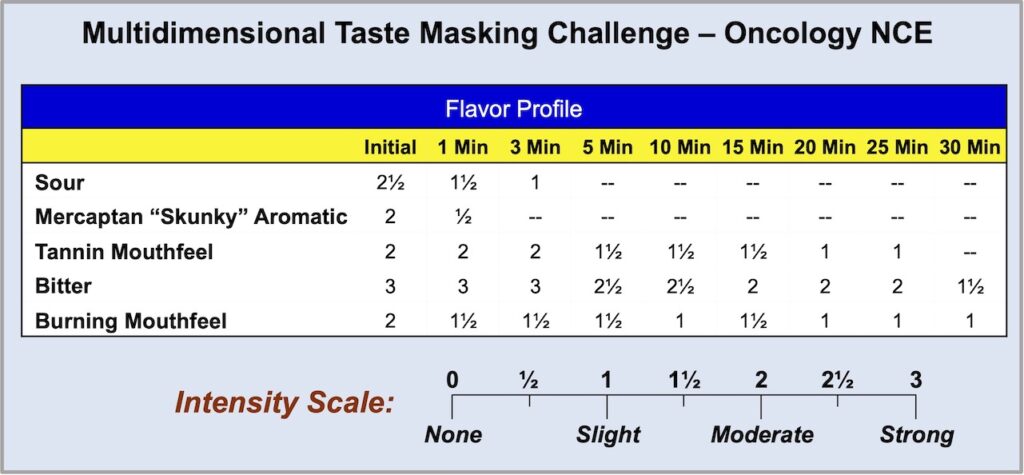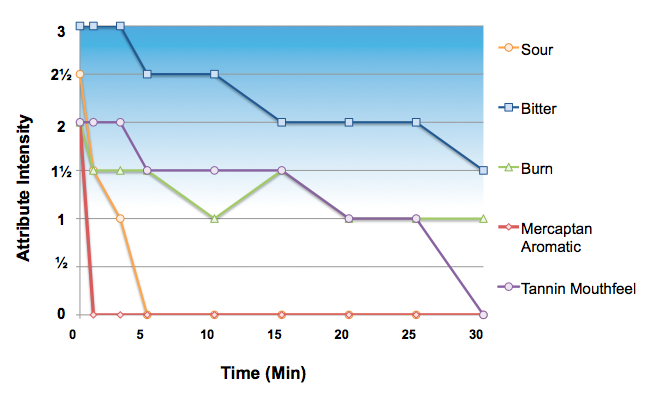Taste Masking Challenge of 150 APIs

It is widely recognized that many Active Pharmaceutical Ingredients (APIs) are bitter, some extremely so. But bitterness is not the only challenge in creating palatable, patient-accepted drug products.
What are some of the other aversive sensory attributes?
To answer this question, Senopsys compiled data from 150 API taste assessment studies and the results are summarized in the pie chart below (excluding over-the-counter drugs).

For almost 70% the APIs (mostly new chemical entities or “NCE”), the primary taste masking challenge was bitterness. Of the other basic tastes, a few were sour (3%) or salty (4%). None were found to be sweet.
Aversive odors (“aromatics”) were the primary sensory challenge for approximately 7% of APIs. Some descriptors of these malodors included “phenolic” (like Band-Aids), “sulfidy” (overcooked cruciferous vegetables), “oxidized oil” (like old paint), and “solventy” (e.g., acetone, or ether-like).
The primary challenge for another 4% of the APIs was a strong intensity trigeminal irritancy (these included oral or throat burning, numbing, and tongue stinging).
Finally, 16% of APIs were fundamentally tasteless, but their challenge was driven by the negative sensory attributes of the excipient system, e.g., surfactants, co-solvents, and solubilizers.
Most APIs Have Multiple Aversive Attributes
There’s a general misconception that most APIs have a single aversive attribute but that’s not our experience. The pie chart below shows the aversive attributes that make up the secondary taste masking challenge of those same 150 APIs. Unlike the bitter-weighted primary challenge, these secondary challenges are heavily represented by aromatics (malodor) followed by trigeminal irritancy, sour and salty basic tastes, “other” (e.g., aversive mouthfeels and textures), and bitter basic taste. While these are results from Senopsys studies and may not be representative of all APIs, it’s safe to say palatability issues go beyond bitterness!

Why is it important to identify the aversive sensory attributes?
Just like the first step an ER physician takes in determining the nature of the injury, diagnosing the challenge of the API is a formulator’s first step in fixing a “palatability” issue. Taste, smell, and irritation represent different perception pathways and importantly, the approach for dealing with each is fundamentally different.
As we discussed in an earlier post, “Taste” refers to those sensations – sweet, sour, salty, and bitter – perceived through stimulation of the receptor cells located in the taste buds on the tongue and oral cavity. Taste issues are addressed via balancing their intensity with other basic tastes to minimize the perception of each individually.
Negative aromas may be minimized through the judicious incorporation of commercial “flavors” which are mixtures of aroma chemicals that are perceived through the sense of smell (olfaction) – e.g., orange, strawberry, mint. These have no effect in reducing bitterness or the other so called basic tastes – sweet, sour, and salty.
Similarly, compounds such as capsicum (red pepper), piperine (black pepper) and many APIs produce a burning sensation when thermoreceptors connected to the trigeminal nerve are activated – this is known as chemisthetic perception. The addition of tastants or odorants (flavors) has no effect on burning because they are fundamentally different modalities. This is analogous to how aspirin would not be administered to treat a bacterial infection.
So how are the critical aversive sensory attributes measured to diagnose the problem?
Many approaches have been explored over the years to characterize and quantify the sensory attributes of APIs and drug products. These include non-human in-vivo models, in-vitro techniques and analytical sensory analysis by trained subjects, as described in an earlier post. While many of the in-vivo and in-vitro techniques may provide an indication of a palatability issue, sensory analysis using trained subjects remains the definitive method for identifying and quantifying the attributes of APIs and drug products.
Quantitative sensory analysis is an analytical technique used to identify and quantify the basic taste, aroma, irritation, and textures of drug actives and formulations. Senopsys uses the Flavor Profile method of quantitative sensory analysis, an internationally recognized, open-source (i.e., non-proprietary) method used throughout the food, pharma, and consumer goods industries to develop palatable products.
To illustrate quantitative sensory analysis in practice, shown below are the Flavor Profile results for a NCE indicated for oncology. Clinical studies of the drug were truncated due to strong positive results in adults and a pediatric dosage form was urgently required. The analysis was conducted to identify and quantify the aversive sensory attributes of the API as necessary to inform the development of a palatable, age-appropriate formulation.

In quantitative sensory analysis, the panelists separate flavor into its components, measuring the individual attributes in the order they were perceived. Conceptually, the initial (Time = 0) sensory data is analogous to a chromatogram depicting a complex mixture separated into its individual chemical constituents.

Palatable drug products are those in which the aversive sensory attributes are below the perception threshold, which corresponds to a 1-intensity on the Flavor Profile scale. Clearly the oncology API represents a multidimensional taste challenge, specifically sour and bitter basic tastes, mercaptan (skunky) aromatics, and burning and tannin mouthfeels.
Many foods and beverages have strong intensity attributes that are perceived immediately upon mastication but quickly diminish in the aftertaste. In contrast, the aversive attributes of many APIs can linger in the aftertaste for 10, 20, 30 minutes or even hours. From a taste masking perspective, ameliorating the lingering effects of long-lived bitterness is far more challenging than short acting compounds such as caffeine. As shown below for the oncology API, skunky aromatics faded quickly in the aftertaste, as did sourness. However, bitterness and mouthfeels lingered for at least 30 minutes.

The oncology API represents a very difficult taste masking challenge less due to the intensity and more so the duration of multiple aversive taste, smell and trigeminal attributes. Based on empirical formulation experience, a technology that effectively “sequesters” the API from the receptors such as particle coating/encapsulation, complexation or adsorption will be required to develop a palatable pediatric formulation for this drug product.
Running Diagnostics is the Key
Analytical sensory analysis using trained panelists ensures that the aversive attributes of the API (and excipients) are correctly identified and quantified. Conducting sensory analysis early in clinical development – ideally immediately following successful safety/pharmacokinetic studies – helps reduce technical risks associated with developing palatable, taste masked drug products.
Taste Masking Challenge? Senopsys Can Help!
Are you faced with the need to develop a palatable drug product to support clinical trials or commercial development? Our scientists are expert in both taste assessment and taste masking.
We use our experienced GCP-compliant taste panels and analytic tools to quantify the taste masking challenge and guide formulation development. And we apply a structured, sensory-directed development approach pioneered in the food industry to create palatable, taste-masked drug formulations for liquids, powders and solids.

